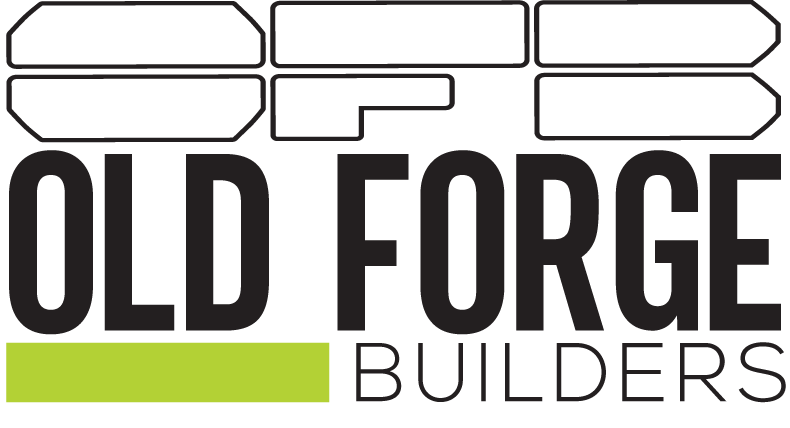Time is money.
Chances are the average person is no stranger to this statement. In contracts where construction project teams are billed hourly or projected for a contracted duration, this is especially the case. The push towards time management is a worthwhile endeavor that studies are showing isn’t being prioritized in modern commercial construction.
Construction Dive spells out that “The average time U.S. construction professionals spend on rework, conflict resolution and looking for project data — issues that can be avoided with improved communication and data management — is costing the industry more than $177 billion annually, according to a new report from PlanGrid and consultancy FMI Corp.”
Within this survey, author Kathleen Brown explains that 35% of a construction project manager’s time is spent on non-essential activities like locating project information, handling conflict resolution, and fixing mistakes requiring a re-do. The culprit for these time wasters is usually lack of communication.
However, many respondents admitted they spend a good sum of time on “optimal” activities – such as enhancing jobsite labor and equipment plans, and conversation with key stakeholders.
If you’re racking your brain for ways to fix this, I came across a guide to maximize chances of success through time management, specific to the construction industry.
Stemming from the communication requirement, it’s a good practice to set clear/realistic expectations for a project’s management. When these procedures are organized and established contractually, there is protection against disputes and can prevent cost or schedule lapses.
Many praise Gantt charts as very effective in the initial planning stages, however the model can become confusing when changes are made and can present serious limitations for complex projects. It was these difficulties which gave rise to the development of more complex network diagrams. Depending on the project scope, diverse methods of scheduling can apply – it’s best to find a unanimous fit before the project commences.
Another suggestion that stood out was a periodic reporting system to track progress and ensure all project participants are aligned to the plan and results currently being seen. This type of open dialogue can further expand on goals and allow clarity in project intent. It can be helpful to be wary of contract provisions that could cause disagreements or delays, and stay on top of these areas.
Although a 100% efficient use of time can be a hard goal, these tips can help you better work directly toward objectives in a construction relationship.
Sources referenced:
constructiondive.com/news/industry-could-be-overspending-177b-per-year-study-finds/529450/
esub.com/intelligent-time-management-in-the-construction-industry/
designingbuildings.co.uk/wiki/Gantt_chart

